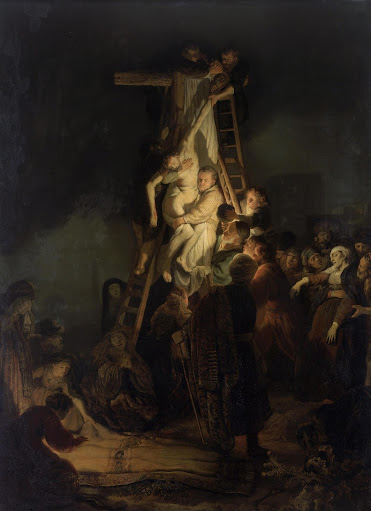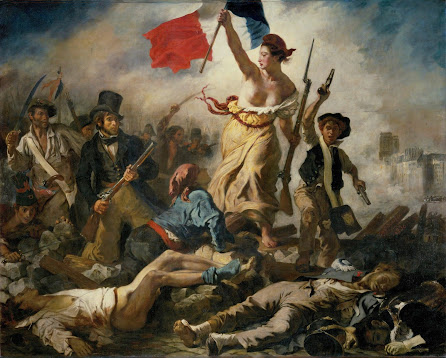The Great War's Effect on the Early Modern Era
World War I, or the Great War, was one of the most catastrophic events to happen in the 20th century. The assassination of Archduke Franz Ferdinand set off a dense chain-reaction of political rivalries and alliances through all of Europe and Asia like throwing a bowling ball into a room full of mousetraps. From Serbia to Germany to the United States to the Ottoman Empire to Australia, the only continent on the planet left unscathed by the conflict was Antarctica.
 |
| John Singer Sargent, Gassed, 1919, Oil on Canvas |
One of the most horrific factors in WWI was the invention of chemical warfare, specifically the use of bis(2-chloroethyl) sulfide, or mustard gas, depicted above in John Singer Sargent's Gassed, painted 1919 in London. Gassed was commissioned in 1918 by the British War Memorials Committee for the Hall of Remembrance, a series of artworks created to memorialize the lives lost in the Great War. The painting depicts a line of wounded soldiers surrounded by dozens more in the aftermath of a gas attack. Nearly every soldier in the piece is blinded, bright white bandages wrapped around their heads and over their eyes, contrasting against the dull yellow of the rest of the work. The most striking part of Gassed is the color, the sickly, xanthous hues used both replicate the color of the British military fatigues in the sunset, but also strongly resembles the sinister yellow color of toxic mustard gas. Chemicals used in the gas react strongly to ocular tissue and skin, leading to many similar scenes of blinded soldiers, blistered and bleeding, leading each other in morbid shuffling chains.
Sources:



I agree with you, the hues really add to the feeling of chemical warfare. How does this painting make you feel? I think that is one of the most important aspects of war art. It is made to make the viewer feel repulsed and sick. I shows the importance of history and how it can be captured and displayed as art.
ReplyDeleteGreat post, Garrett! I appreciate the work of art you presented on your blog post. I love how this photo presented the brotherhood of men who fought for peace during the World War I. Although most of them looks blinded, they are helping each other to stand together. As what you have said, the hues and color used by Sargent in creating this also matches the mood and scene in the picture. Based just with the colors mixed together, it gave me the feeling of exhaustion, brokennes, fear, and lifeless. This made me realize that color choice is important for the theme of each work of art, because it adds more meaning. Choosing the right palette in a picture is also crucial. Here is an article written by Megan Coyle that gives us more detailed information why is color important in arts. Enjoy!
ReplyDeletehttps://megancoyle.com/learn/middle-school/painting-with-paper/why-is-color-important-in-art/#:~:text=Different%20colors%20can%20create%20a,we%20want%20in%20our%20artwork.